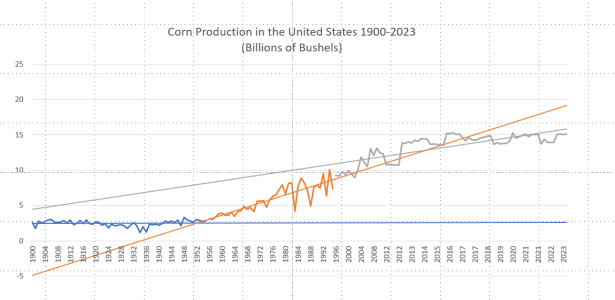westonwhitetail
5 year old buck +
When you compare it to fast food, healthy food is not expensive. But healthy food is not convenient and in general people are lazy and/or poor plannersIt’s not an income problem, it’s a math skills problem. Junk food costs more than premium meats and chem free produce. Start looking at prices through a cost per pound lens. Convenience store snacks run $12-$18/lb.
You can buy 100% grass fed, grass finished no-vax, no hormone, non-mRNA hamburger for $9/lb. Pasture raised non gmo fed heirloom ground pork for $9/lb.
Here’s a classic lunch I pack for myself to take to work:
$4.50 - couple 1/4 lb campfire hamburgers naked
$1.40 - 1/4 lb of pistachios (In shell)
$1.25 - apple
$1.00 - green pepper
$0.70- sliced Colby to lay on green pepper
———————
$8.85 for a poison free nutrient dense complete meal. How much is a lap around any drive thru choke and puke?
Sent from my iPhone using Tapatalk
I can be guilty of this too but have come a long way in the last couple years


